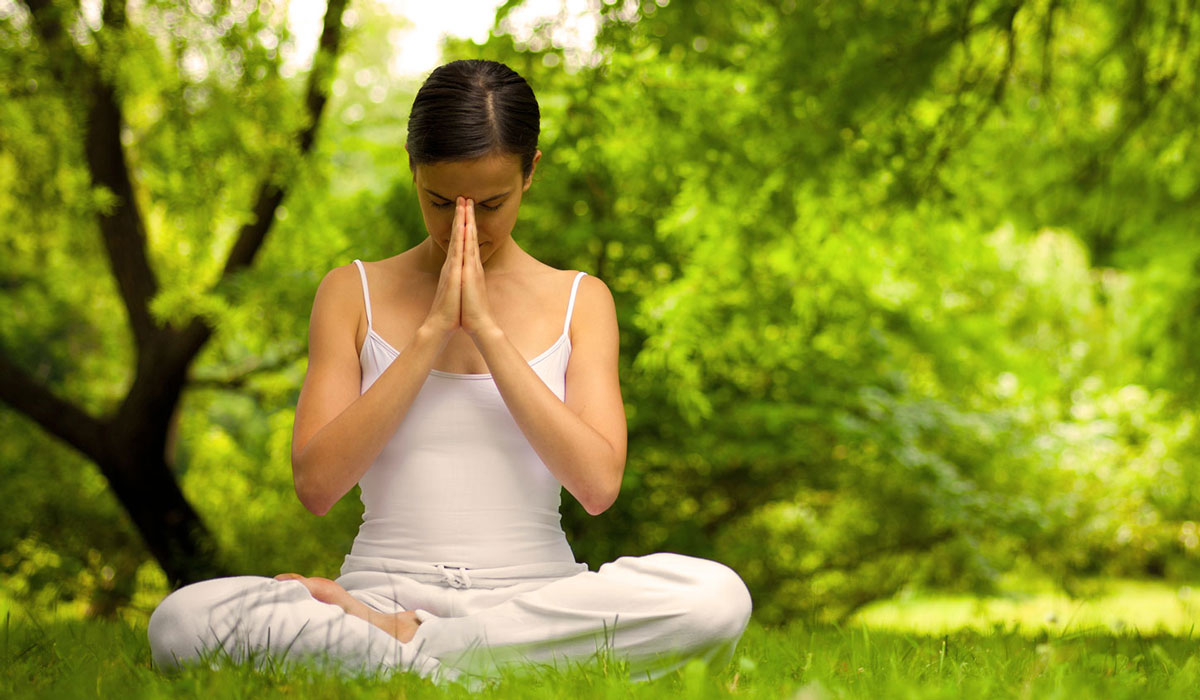Ayurveda and Mental Health

Ayurveda, the ancient system of holistic healing originating from India, emphasizes the interconnectedness of the mind, body, spirit, and senses. In Ayurvedic philosophy, the concept of "srotas" refers to the channels or pathways that transport various substances throughout the body. This includes breath, food, water, all the tissues and organs, biological waste, and the mind. One crucial srotas that plays a pivotal role in maintaining mental health is the "Manovaha Srotas," the channel responsible for the transportation of mental and emotional stimuli.
Unraveling the Manovaha Srotas
The term "Manovaha Srotas" can be broken down into two parts: "Mano," meaning mind, and "Vaha," meaning transportation or movement. Together, they represent the intricate network responsible for carrying thoughts, emotions, and sensory perceptions throughout the body. This is a stunning anatomy for why we feel emotions in our bodies. According to Ayurveda, the mind is not confined to the brain alone; instead, it is considered to be present throughout the entire body. The Manovaha Srotas serves as the conduit through which mental impulses travel, influencing various physiological and psychological processes.
The Role of Manovaha Srotas in Mental Well-being
Thoughts and Emotions: Manovaha Srotas facilitates the movement of thoughts and emotions, ensuring they are effectively communicated and processed within the body. Imbalances in this srotas can lead to mental disturbances, affecting mood, perception, and cognitive functions.
Stress Regulation: In Ayurveda, stress can be viewed as a disturbance in the flow of energy, or prana, and information through the Manovaha Srotas. Chronic stress can impede the smooth functioning of this channel, contributing to mental and physical imbalances.
Sensory Integration: The channel of the mind opens at the sensory organs (ears, skin, eyes, mouth, nose). I like to think of this as my own personal internet- where I gather information about my environment. That sense gathering then gets processed through my internal software system to let me know if I am safe, where I need to move to, what is that awful smell?, and what I need to do with the information I am receiving.
Connection with Other Srotas: The Manovaha Srotas is intricately connected with other bodily channels, such as Prana Vaha Srotas (responsible for the flow of life force and breath), providing a holistic perspective on mental health. Addressing imbalances in interconnected srotas is essential for comprehensive well-being. This is so helpful to know when practicing yoga (the sister science to Ayurveda). When we are moving our body and breath, we are working in the prana system and the channel of the mind. Yoga, meditation, breathing, food- it all impacts the channel of the mind at the intersection of the heart.
Balancing the Manovaha Srotas
Ayurveda offers a multifaceted approach to balance the Manovaha Srotas and promote mental wellness.
1. Nutrition
Ayurvedic dietary principles emphasize the consumption of nourishing foods that support mental clarity and emotional balance. Fresh, seasonal, and whole foods are recommended to maintain harmony. Consider eating your meals in a space that is relaxed and without distraction. If you are in a stressful period in your life, consider eating more cooked foods that are easier to digest. Kitchari, chicken soup, and hot milk drinks are nourishing and easy-to-digest meals while navigating difficult life experiences that tax your nervous system.
2. Sleep Support
When the mind is disturbed, so often is sleep. Massage your feet with warm oil before bed. Turn down electronics to turn down the nervous system 1 hour before you want to go to sleep. Journal before bed to let go of the mental activity of the day. Have a hot milk drink 30-60 minutes before bed with a pinch of nutmeg to support deep sleep.
3. Yoga and Meditation
Yoga and meditation practices are integral components of Ayurveda for harmonizing the mind and body. These practices enhance the flow of energy through the Manovaha Srotas, promoting mental resilience and clarity. Try a slow flow of repetitive movements to steady the erratic movements of prana. Restorative yoga that keeps you grounded to the earth can soothe the mind. If sitting in meditation feels too challenging during stressful times, try walking meditation or meditating outside sitting at the base of an old tree listening to birds.
4. Simple Deep Breathing
Breath and the mind both have their roots in the heart inviting us to utilize breath for mind and nervous system balance. Our breath is a free tool and can be practiced at any time in any setting. When you feel emotions rise in your body or mind, begin to slow the breath down. Imagine that your torso is a vase and the breath is water filling the vase. Water fills a vase from the bottom to the top, so does your breath. Soften your belly around the naval- invite breath to fill from the navel all the way to the collarbones. When you exhale soften the collarbones all the way to the naval. Repeat for 3-5 minutes as needed to steady your inner experience.
In the realm of Ayurveda, the Manovaha Srotas stands as a testament to the profound connection between mental and physical or somatic well-being. By understanding and nurturing this channel, individuals can embark on a journey towards whole being balance, achieving a harmonious balance between mind, body, senses, and spirit. Ayurveda and yoga practices offer time-tested technologies to navigate the intricate network of the mind, providing valuable insights for those seeking a path to mental wellness.
Erin Casperson, Lead Kripalu Faculty and Director of the Kripalu School of Ayurveda, is passionate about sharing how the ancient practices of Ayurveda can be applied to modern-day living.
Full Bio and Programs